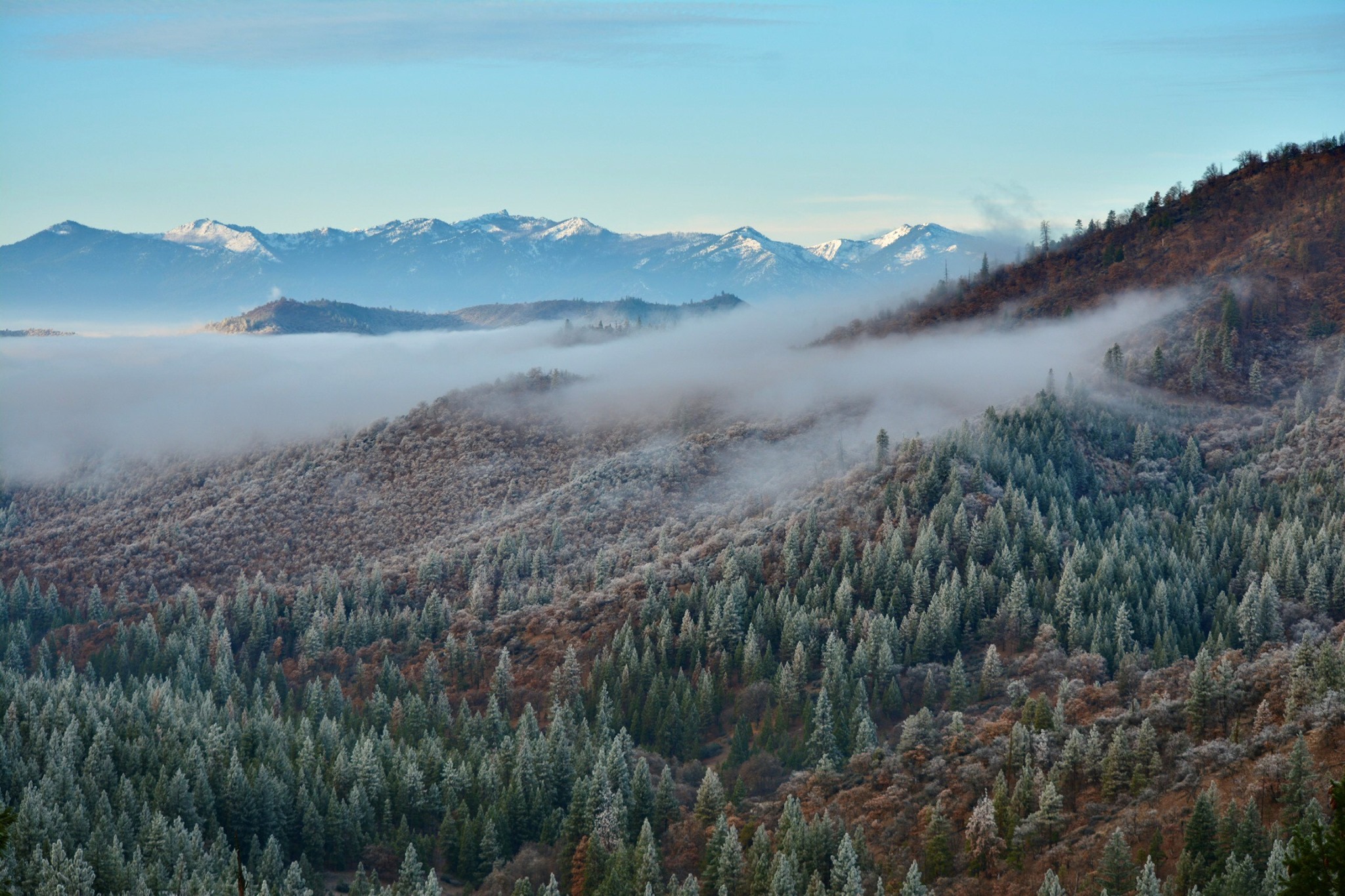 Dear Senator Atkins and Assembly Member Rendon:
Dear Senator Atkins and Assembly Member Rendon:
On behalf of the Rural County Representatives of California (RCRC), I write to offer RCRC’s strong recommendation that the Legislature allocate the entirety of the discretionary portion of the August 2021 Cap-and-Trade Auction proceeds, which was held on August 18, 2021, to wildfire prevention and forest resilience programs. RCRC is an association of thirty-seven rural California counties, and the RCRC Board of Directors is comprised of an elected supervisor from each member county.
California is once again in the throes of a record-breaking wildfire season with devastating impacts to Californians across the state. The Dixie Fire, currently the second largest fire in state history has burned more than 747,000 acres, completely demolished the town of Greenville in Plumas County and has destroyed more than 600 homes along with yet-untold damage to the lives of those living in the communities that have been evacuated during the course of the fire. Today, the Caldor Fire has burned more than 136,000 acres with only 12 percent containment and is encroaching on one of the jewels of California’s ecosystem, Lake Tahoe. The River Complex, McFarland, Monument and Antelope Fires are just a few of the additional active wildfires destroying homes, endangering lives and devastating California’s resources across the north part of the state.
The impacts from these wildfires have no borders, however, and do not simply endanger those in California’s rural, high wildfire risk communities. Polluting wildfire smoke has permeated across Northern California into Nevada and is now moving south, with the potential to create hazardous air quality conditions for much of Southern California. Recent studies have shown that exposure to particulate matter in wildfire smoke exacerbated COVID-19 cases and deaths in the western United States, including in California, in the year 2020.1 The destruction of our forests and wildlands compromises the quality and quantity of California’s water, particularly in the Sierra Nevada region which is the source of 60 percent of the state’s developed water supply.
It also severely impedes California’s greenhouse gas emissions reduction goals. According to the California Air Resources Board, wildfires in 2020 emitted just slightly less CO2 than all of the passenger vehicles in the entire state. While RCRC member counties contain much of California’s forested lands, including more than 70 percent of the state’s national forest lands, it is past time to recognize that high severity, high polluting wildfires have devastating impacts on more than just residents living in the wildland-urban interface.
While RCRC is appreciative of the Early Action funding allocated earlier this year to wildfire prevention and forest resilience programs, the funding levels allocated in the final 2021-22 State Budget Package were simply not sufficient. California has repeatedly delayed meaningful investments in forest resilience and wildfire mitigation programs over the last decade, even as fire seasons became longer, more intense and more destructive. This year, the state has the fiscal resources to make impactful, long-term investments to help save lives, preserve vital ecological resources and safeguard entire communities in future years. It is urgent that the Legislature maximize every opportunity to increase resources to removing excess fuels from the forests, protecting communities at risk, and restoring wildlands and watersheds that have already been devastated by the impacts of catastrophic wildfires.
The state’s August 2021 Cap-and-Trade Auction generated record revenues, bringing in a total of $1.14 billion for California’s greenhouse gas emissions reductions programs. Of these funds, an estimated $203 million will be available for discretionary spending in the 2021-22 State Budget. RCRC strongly urges you recognize the statewide urgency of California’s wildfire situation and to allocate the entirety of those discretionary funds to wildfire prevention, including community fire resilience programs, forest resilience, woody biomass utilization, and forested watershed restoration projects. RCRC believes this would be the most appropriate and crucial use of those Cap-and-Trade dollars. It would also demonstrate the state’s commitment to investing in the citizens, communities and resources currently being lost each year during the lengthening wildfire season. RCRC is also requesting that Governor Gavin Newsom immediately call for a special session on wildfire prevention and forest resilience to intensify the sense of urgency around the need for greater investments and a higher level of commitment to preserving the state’s forests and wildland resources.
RCRC appreciates your consideration of our recommendations and strongly urges you to act swiftly. Please do not hesitate to contact me at sheaton@rcrcnet.org if you have any questions or would like to discuss further.





